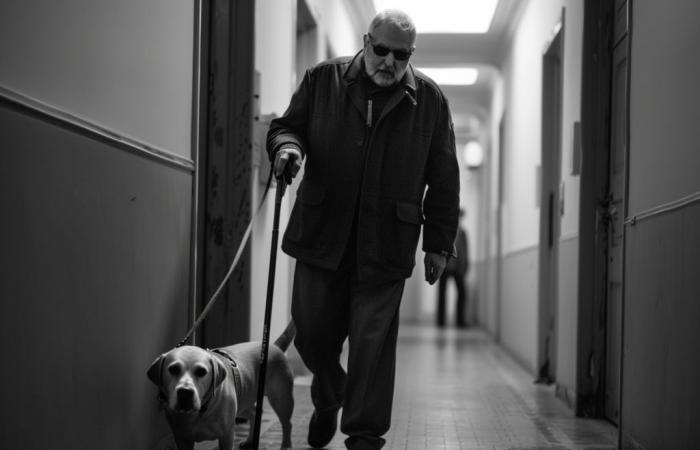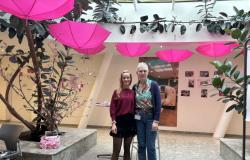New technologies are transforming the lives of blind people. Two innovative applications now make it possible to move safely in indoor spaces, where GPS often fails. These tools, based on smartphones, offer precise and intuitive voice navigation.
Roberto Manduchi, pioneer of accessibility
Roberto Manduchi, professor of computer science at the University of California, has dedicated his career to accessible technology. He understands well the challenges faced by blind when traveling in unfamiliar environments. This specific need pushed him to design effective tools to facilitate navigation.
Manduchi and his team developed two practical applications. These guide users with instructions vocales while relying on the built-in sensors of phones. These innovations allow for better autonomy, without requiring you to constantly hold the phone in your hand.
The importance of sensor integration
These applications do not depend on the Traditional GPSineffective indoors. They use smartphone sensors to track movements and provide accurate directions. Additionally, they avoid common errors using techniques like particle filtering.
One of the strong points of these tools is the possibility of retrace a path already borrowed. This ensures users get back to their starting pointwithout the risk of getting lost in a complex environment.
Towards an even smarter future
Researchers are already planning improvements to make these apps smarter. They plan to integrate theartificial intelligence to allow users to photograph their environment and get descriptions detailed. This would be particularly useful in large or difficult to navigate spaces.
In addition, they are working to simplify access to building mapsin particular by using plateformes open source. This approach could therefore make these tools more accessible and useful in many public places.
Technology designed for the user
Manduchi emphasizes the importance of collaborating with the blind community. According to him, it is essential to design tools taking into account the real user needs. This approach ensures that technology does not replace autonomy, but supports it in a process of sharing responsibilities.
Thanks to these innovations, blind people will soon be able to navigate complex environments more smoothly and securely. The future of accessibility therefore promises to be rich in opportunities.
Share the article:
Facebook
LinkedIn
Our blog is powered by readers. When you purchase through links on our site, we may earn an affiliate commission.






